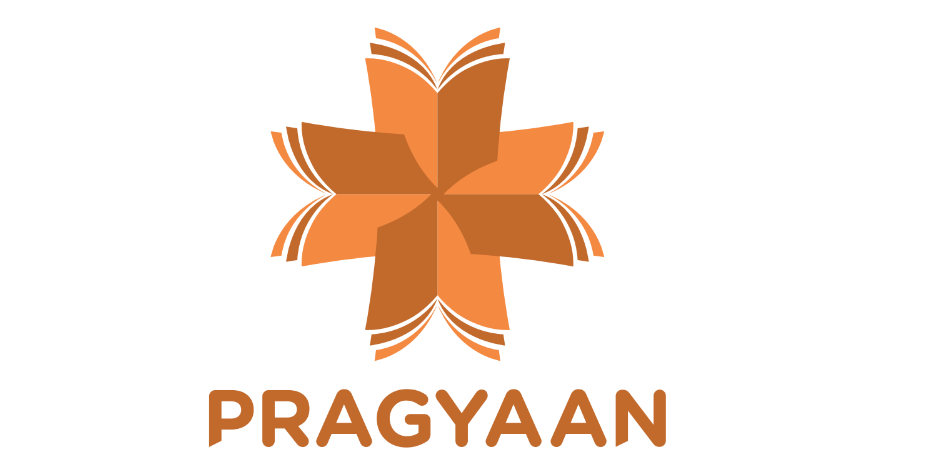The theory of Chinese medicine [electronic resource] : a modern interpretation / Hong Hai.
Material type: TextPublication details: London : Imperial College Press ; Singapore : Distributed by World Scientific Pub. Co., c2014.Description: 1 online resource (xvii, 272 p.) : ill. (some col.)ISBN:
TextPublication details: London : Imperial College Press ; Singapore : Distributed by World Scientific Pub. Co., c2014.Description: 1 online resource (xvii, 272 p.) : ill. (some col.)ISBN: - 9781783264285
- 610.951 22
- R127.1 .H66 2014
Includes bibliographical references (p. 257-268) and index.
ch. 1. Chinese medical theory and its rational reconstruction. 1.1. Chinese versus Western medicine. 1.2. Reconstructing TCM theory -- ch. 2. Chinese and Western medical thought: History and issues. 2.1. Evolution of TCM theory. 2.2. Diseases in Western medical thought. 2.3. Causation in Western medicine. 2.4. Values and disease causation. 2.5. Illness and its causes in TCM theory -- ch. 3. Translating Chinese medical terms. 3.1. Historical controversies. 3.2. Analysis of the controversies -- ch. 4. TCM theory: Basic entities. 4.1. Qi, blood and body fluids. 4.2. Pathogens. 4.3. Understanding Qi. 4.4. Phlegm: The ubiquitous pathogen. 4.5. Wind: An ill that blows no good. 4.6. Conclusion -- ch. 5. Organ and meridian systems. 5.1. TCM organs. 5.2. On 'governing' 5.3. Meridians and collaterals. 5.4. An interpretation of meridians -- ch. 6. TCM Models in Explanation and Prediction. 6.1. Yin-Yang: The principle of balance as the basis for health. 6.2. Principal TCM models. 6.3. Epistemological issues in TCM models. 6.4. Reductionism, holism and systems biology. 6.5. The nature of TCM models: Summing up -- ch. 7. Evidence for TCM theory. 7.1. TCM as evidence-based medicine. 7.2. Clinical trials on TCM therapies. 7.3. Observational trials and medical case studies. 7.4. Evidence from TCM: Summing up -- ch. 8. Placebo effects and cultural factors. 8.1. Discovery of placebo effects. 8.2. Placebo effect in TCM -- ch. 9. Conclusion: TCM theory reinterpreted -- ch. 10. TCM treatment of chronic illnesses. 10.1. Coronary heart disease. 10.2. Hypertension and stroke. 10.3. Digestive disorders and the irritable bowel syndrome. 10.4. Depression. 10.5. Conclusion -- ch. 11. Chinese medicinal herbs. 11.1. Chinese materia medica. 11.2. Medical prescriptions.
This path-breaking book reinterprets Chinese medicine using the approach of the philosophy of science in a manner that strikes common ground with biomedical science. It strips Chinese medical theory of the mystique and metaphysical pretentions that too often plague the discipline, presenting this theory as being derived from empirical observations and clinical findings. Concepts like qi and phlegm and vital organs like the shen (kidney) are interpreted, not as physical entities with defined measurable properties, but as constructs to facilitate the application of models for diagnosis and therapy. The author evaluates the five-element model and the diagnostic-therapeutic paradigm of Chinese medical syndromes, and suggests how these heuristic models can be subjected to clinical trials. Principles governing the use of herbal, acupuncture, tuina and qigong therapies are elucidated and critically examined. Written for medical professionals, philosophers of medicine and discerning readers interested in alternative therapies, the book also has practical chapters on the placebo effect and Chinese medical treatment of chronic illnesses, and a useful compilation of common Chinese herbs and formulations.
Electronic reproduction. Singapore : World Scientific Publishing Co., 2014. System requirements: Adobe Acrobat Reader. Mode of access: World Wide Web.
There are no comments on this title.
